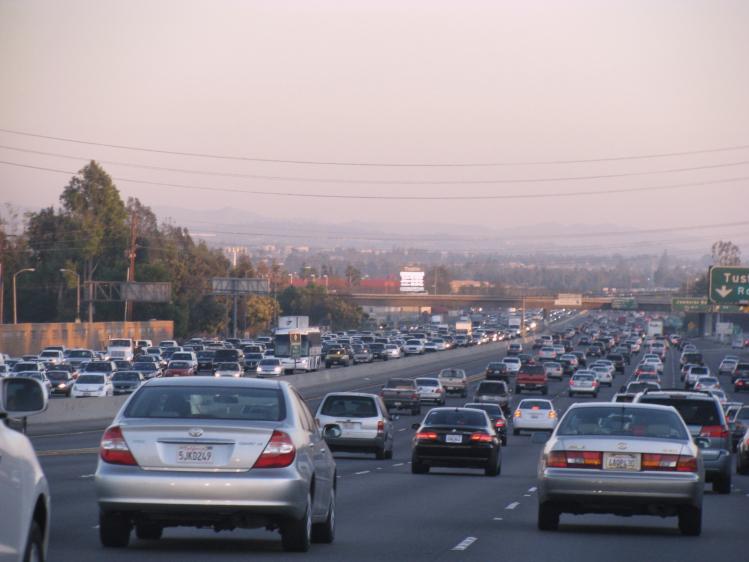
In recent years, many of us have had the feeling that people don’t drive like they used to. Other motorists mess around on their phones, speed on highways and back roads, run red lights, cut off trucks on the highway, and are generally more eager to flip you off or curse you out for a perceived slight.
The problem, of course, is that the “other motorists” are really all of us. Two new reports in the New York Times show that American roads have indeed become more dangerous, and that the bad behavior of drivers is to blame. In “Why Are American Drivers So Deadly?” Matthew Shaer observes that after decades of declining danger, crashes and fatalities have soared. Between 2020 and 2021, the number of crashes increased by 16 percent, and in 2021, 42,939 Americans died in car crashes, the highest number in fifteen years. Many of these crashes involved drivers who were intoxicated, speeding, or not wearing a seatbelt.
In recent years, people are indeed speeding more or driving more aggressively, neglecting to wear seatbelts, driving under the influence of alcohol and other intoxicants, and using phones while driving. This last bad habit accounts for 3,500 deaths alone. Studies show that these behaviors began to increase after the pandemic, as people took out their growing stress on their fellow drivers.
As with other driving deaths, pedestrian deaths had also been in decline for decades. But around 2009, they began to rise again; in 2021, more than 7,300 pedestrians died in collisions with cars. Emily Badger, Ben Blatt, and Josh Katz write that no similar uptick in pedestrian deaths has been observed in other countries. After testing many theories, they found a combination of several that could explain the increase here. Distracted driving is partly to blame; around 2009, smartphone use became widespread. (One fascinating finding is that driving while distracted by a phone is more common in the United States because automatic-transmission cars, unlike their manual-transmission counterparts, can be driven with one hand, leaving the other hand free to play with a cell phone.) Pedestrian deaths are also more common at night, when darkness can make pedestrians hard for drivers to see.
Another set of factors has contributed to the rise of pedestrian deaths. These deaths are more common in the South and West, where cities and towns are built for cars rather than pedestrians. Where there aren’t usable sidewalks and crosswalks, and where there are few or unreliable mass-transit options, collisions between cars and pedestrians are more likely. The victims also tend to be vulnerable people: 30 percent of the pedestrians killed by vehicles were homeless, and others tend to be low-income people who have to walk on dangerous roads because they can’t afford a car.
The increases in deaths of drivers, passengers, and pedestrians are the combined result of bad driving and bad design. A transportation system designed less for speed and more for safety would protect people better. Of course, even the best-designed system can’t keep drivers from being reckless, and driving itself may be conducive to rage. (“If I was to set out to create a situation that would make the most people act badly and angrily, I couldn’t come up with anything better than driving,” said Ryan Martin, a psychologist at the University of Wisconsin.) But, Badger, Blatt, and Katz write, “A transportation system that’s safer by design—as in many European countries—might better absorb any one of these dangers. Distracted drivers are safer at slower speeds. People out at night are safer with well-lit crosswalks.” Even good drivers—and we all think we’re good drivers—make more mistakes on badly designed streets. It’s time to design better ones.
Please email comments to [email protected] and join the conversation on our Facebook page.
Share
Previous Story
Breukelein Institute honors Commonweal with Gaudium Award of Merit
Next Story
Letter from Taiwan

